When businesses plan for data migration, the focus often falls on tools, timelines, and destinations—while one of the most critical steps slips through the cracks: data mapping. Overlooking this step can lead to major issues down the line, from lost records to faulty reporting.
In this post, we’ll break down why data mapping matters, what makes it complex, and how working with a Data Migration Consultant can prevent costly mistakes.
What Is Data Mapping?
Data mapping is the process of matching fields from one data source (the legacy system) to another (the target system). It ensures that the correct data from your old platform ends up in the right place in your new environment.
Think of it as translating between two different languages—without proper translation, things get confusing fast.
Why Is Data Mapping So Important?
Skipping or rushing the mapping phase can cause:
- Data integrity issues
- Mismatched formats (e.g., dates or currencies)
- Lost or duplicated records
- Failed migrations or broken integrations
- Compliance and security concerns
A well-executed data map guarantees consistency, compatibility, and clarity throughout your data ecosystem.
Common Challenges in Data Mapping
Even experienced IT teams face hurdles when mapping data:
1. Different Data Structures
Legacy systems often store data differently than modern platforms. Matching formats, field types, or hierarchies can be tricky without a clear strategy.
2. Unstructured or Incomplete Data
Data that’s messy, inconsistent, or missing values adds complexity to mapping efforts.
3. Evolving Business Rules
If business logic has changed over time, older data may not align with current workflows, leading to incorrect field mapping.
4. Lack of Documentation
Older systems might lack field descriptions or metadata, making it hard to know what each field represents.
Best Practices for Effective Data Mapping
1. Conduct a Data Inventory
Start with a full audit of your source and target systems. Understand the type, volume, and quality of data you’re working with.
2. Use Visual Mapping Tools
Visual data mapping software helps your team clearly see relationships between fields—making errors easier to catch before migration.
3. Establish Clear Naming Conventions
Standardize field names and types across systems to minimize mismatches and confusion.
4. Document Every Mapping Decision
Maintain a reference document that outlines each source-to-target field relationship. This is especially useful for audits and future migrations.
5. Involve a Data Migration Consultant Early
A qualified Data Migration Consultant brings structure and experience to the process. They can anticipate issues, recommend the right tools, and ensure that your mapping logic supports your end goals.
The Payoff: Cleaner, Smarter, More Usable Data
Accurate data mapping leads to:
- Fewer errors during migration
- Better data quality post-migration
- Stronger user adoption of new systems
- Reliable reporting and analytics
- Easier compliance with regulations
In short, it sets the foundation for success—not just in the migration itself, but in how your organization uses data moving forward.
Final Thoughts
Data mapping may not be the flashiest part of a migration project—but it’s arguably the most important. Taking the time to plan and execute it properly can save you from major headaches down the road.
If you’re planning a migration and want to ensure success from the start, consider partnering with a seasoned Data Migration Consultant. Their insight can mean the difference between a smooth transition and a costly cleanup job.


